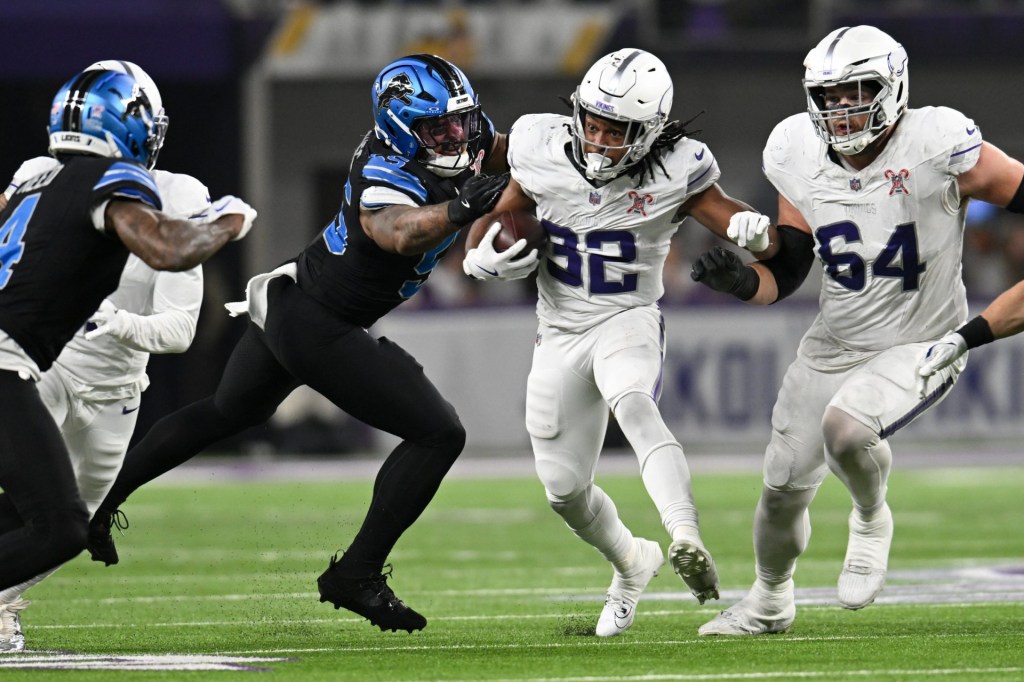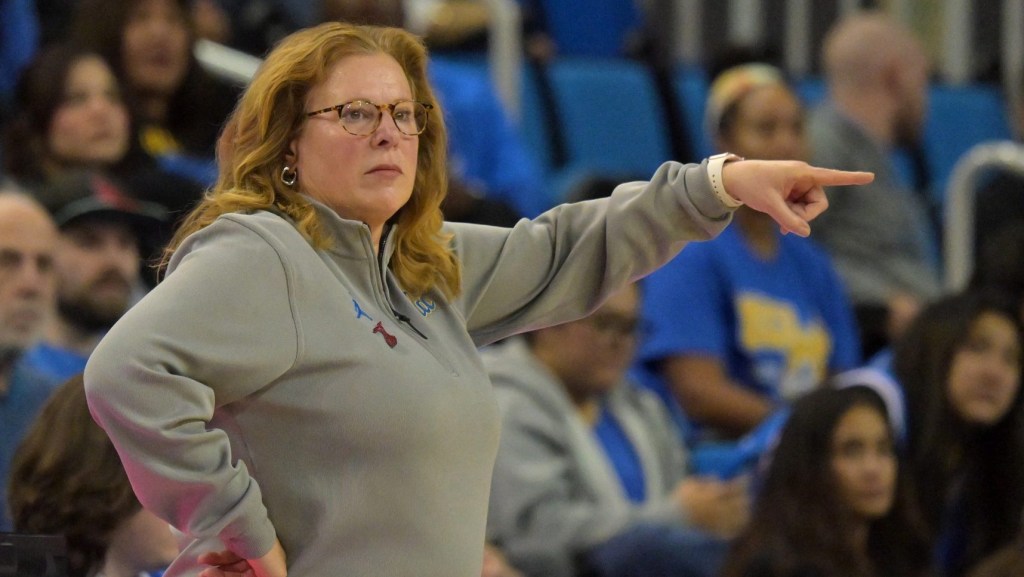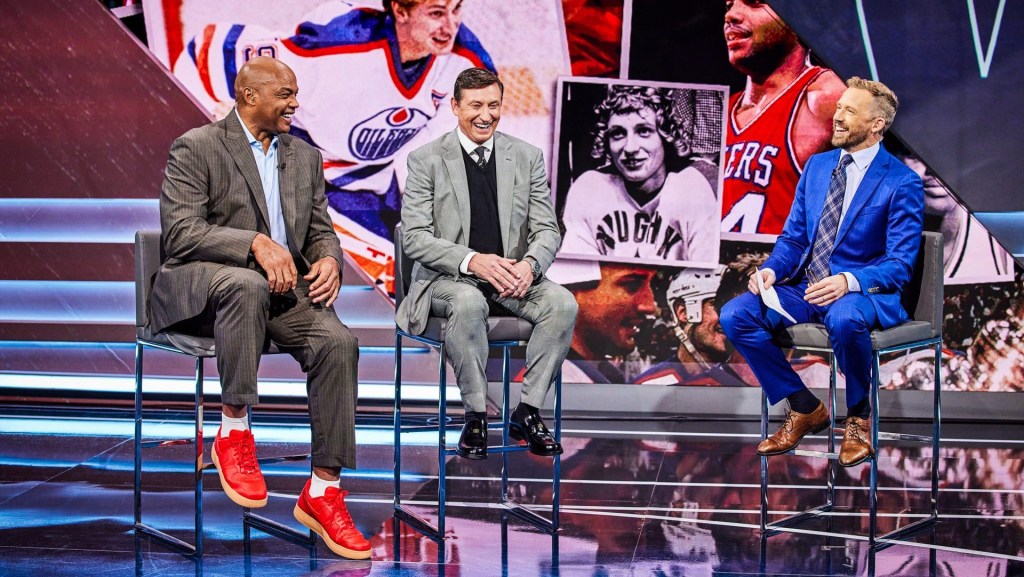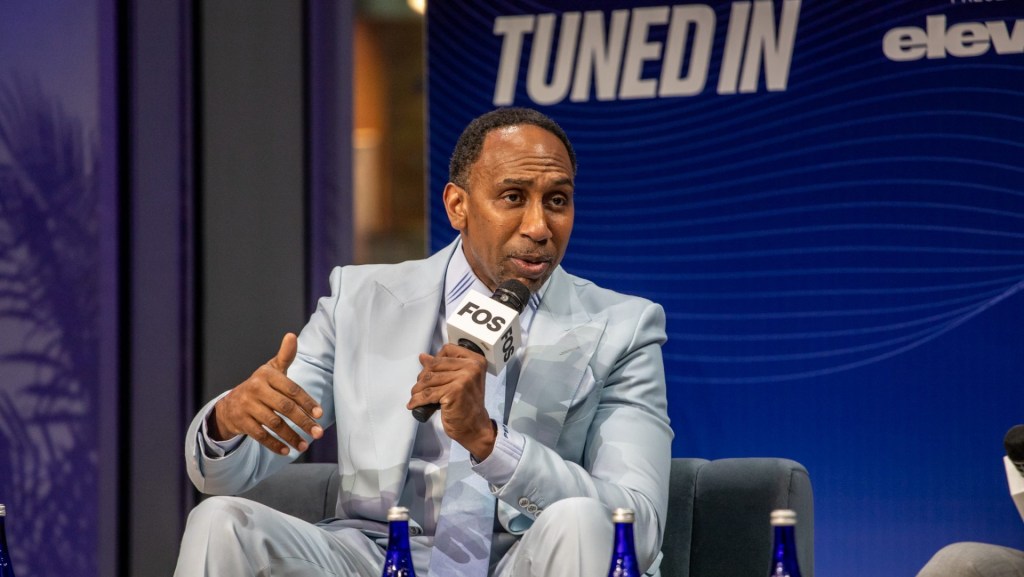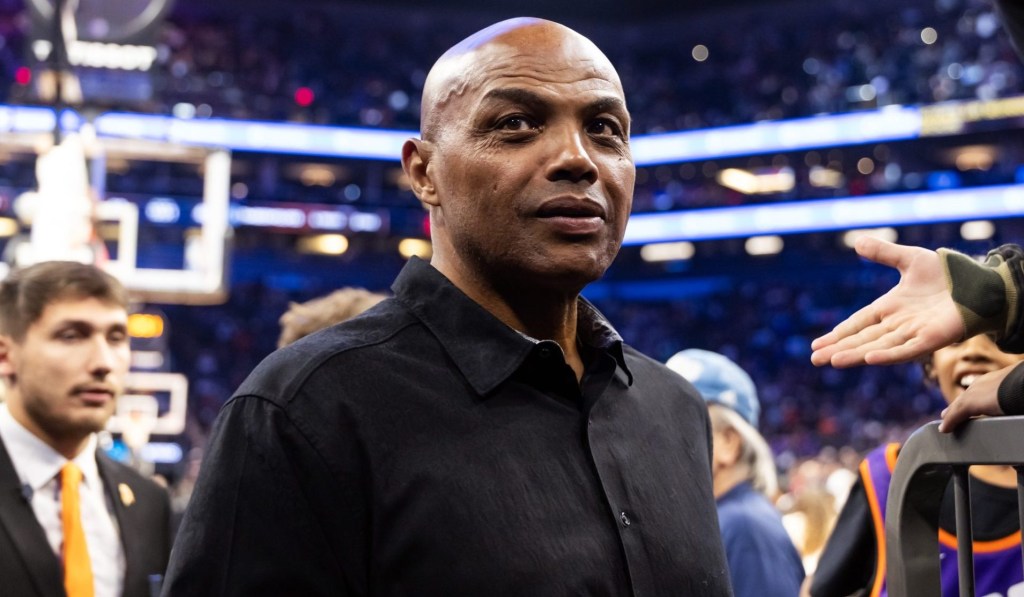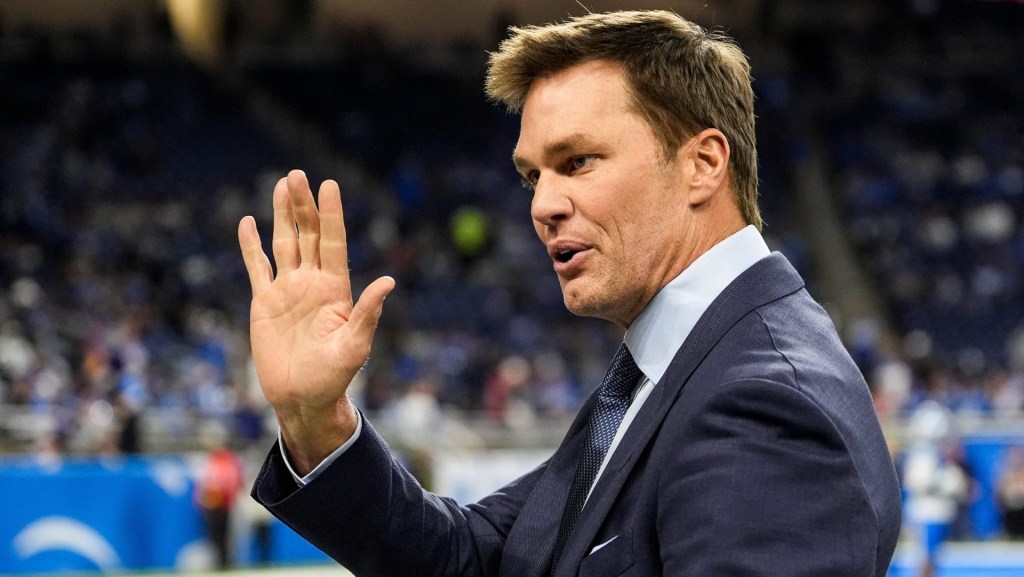
Photo via pixabay
Immersive media is a huge opportunity in sports, from training to spectators.
The technology has yet to break into the mainstream, but it’s not hard to see a parallel to the evolution of general media habits of the consumer. At the CES Sports Zone this week in Las Vegas, a panel convened on Immersive Media, where Intel Vice President Sandra Lopez made the parallel comparison.
Lopez said Intel often compares virtual reality and augmented reality to the mobile phone adoption rates — from big desktop computers to today’s powerful handheld computing devices.
“We’re early in its hardware, software and creating content,” she said. “We’re starting to see accelerating consumer adoption. Consumers change quickly, and business models do too.”
Lopez was joined on the panel by NextVR Vice President of Content Danny Keens, Yahoo Sports and Verizon Media General Manager Geoff Reiss, and NFL Vice President of Media Strategy and Business Development William Deng.
READ MORE: AR and VR Bring New Engagement Opportunities to Sports
Deng said it’s important to view virtual reality not as an end goal, but as a means for content creation — a tool, not the end product. He also said traditional broadcast media isn’t going anywhere.
“TV is still the best way to reach a mass audience, and in the foreseeable future, it isn’t going anywhere,” Deng said. “TV is really important, but immersive is a complementary screen experience to enhance a TV broadcast. Broadcast partners spent the last few decades perfecting that and there’s always a role for that. Traditional media and immersive media aren’t mutually exclusive.”
Currently, virtual reality capabilities have been limited by technology, like cameras, viewing devices and resolution. As evidenced by this year’s CES expo floors, Keens said that’s changing and quickly.
“The biggest tech companies in the world are pouring billions of dollars into VR,” he said, adding another hurdle is viewers needing to be 100 percent engaged, but that watch times are increasing as the tech gets better.
[mc4wp_form id=”8260″]
Another major inhibitor is the asymmetry of rights and what’s allowed, Reiss said. With broadcasting rights sold for long, multi-year deals, it’s hard to fit things in, especially how quickly tech is now changing the industry. He said the next 24 months are especially important, but it’s a great time to be in sports media and technology.
“This is the absolute most exciting time I’ve been in this industry because the experiences that are starting to get unlocked,” Reiss said. “It’s the sports equivalent of getting jetpacks.”
The speed at which the idea of immersive media changes is part of what’s so exciting for Reiss. He said 20 years ago, real-time scores on the internet could be called immersive media. It’s all about what hooks a fan into more meaningful engagement with sports.
The four panelists all finished off with what they expect in five years.
READ MORE: Athletes Speak to Future of Virtual Reality and Wearable Tech
Reiss said the industry will be forced to adapt with an ever-increasing consumer FOMO and ushering in the golden age of collaborative social watching.
Deng said in five years there will be as much or more non-media application to immersive technology, such as having volumetric video impacting officiating and player safety.
Keens said he’d be shocked if a viewer couldn’t walk onto a field or stage during a live event.
Lopez said it will be important to learn from the internet adoption phase.
“With immersive media will come a new media format,” she said. “You’re not doing copy and paste; reimagine storytelling.”

